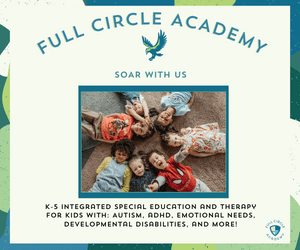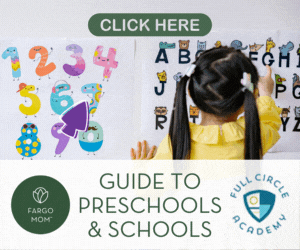If there is one character trait parents want to teach their child in 2020, it would be resiliency. It seems a better time than ever to encourage resiliency in our kids. Resilience is the ability to achieve positive outcomes – mentally, emotionally, socially, and spiritually – despite adversity. Resilience is a mindset.
In these past few weeks, our world has created a plethora of feelings within each and every one of us. Parents have adapted to working from home or losing jobs. Children adapted to distance learning and social distancing from friends and family. They are questioning the competing decisions, actions, and words of others. They are listening to their parents express concerns with tears and anger, struggling to understand the “whys” of the world right now. While some children may already face obstacles like bullying, divorce, and mental health issues, recent events have only added to their stress.
How Do Kids Learn Resiliency?
Resiliency can help children face and respond to stressful situations, as they have learned the ability and skills to overcome and attempt to solve problems that create stressful situations.
We can hope that our children will find that silver lining as others did during times like this before us. During the Depression, people became frugal and appreciated everything they had. Those that lived through WWII grew up believing they could do absolutely everything. Being “bored,” learning outside the box, and feeling a strong connection to family may become a value that will mark this generation.
7 Cs of Resiliency
As adults, we can help build resiliency in our kids by modeling and encouraging these 7 concepts:
Competence: When we notice what young people are doing right and give them opportunities to develop important skills, they feel competent. We undermine competence when we con’t allow young people to recover themselves after a fall.
Confidence: Young people need confidence to be able to navigate the world, think outside the box, and recover from challenges.
Connection: Connections with other people, schools, and communities offer young people the security that allows them to stand on their own and develop creative solutions.
Character: Young people need a clear sense of right and wrong and a commitment to integrity.
Contribution: Young people who contribute to the well-being of others will receive gratitude rather than condemnation. They will learn that contributing feels good and may therefore more easily turn to others, and do so without shame.
Coping: Young people who possess a variety of healthy coping strategies will be less likely to turn to dangerous quick fixes when stressed.
Control: Young people who understand privileges and respect are earned through demonstrated responsibility will learn to make wise choices and feel a sense of control.
Other supporting factors will be having at least one parent that believes in them, unconditionally, and also has high expectations.
What We Can Do
We need to provide our children with safe, secure and sustained environments. They need supportive relationships with adults and positive interactions with us. We can promote healthy risk-taking and demonstrate positive coping skills. And most importantly, we as parents need to model resiliency!
We can’t change what’s happening in our world. But we can help to make our communities and others feel safe. This will have a huge impact on our youth with building resiliency, therefore making their future brighter.
















